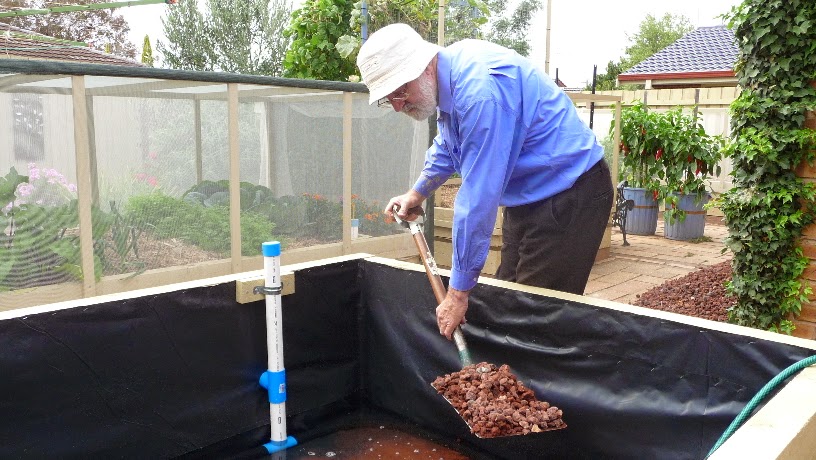What a calamity!!!! the tank started leaking at each corner. After searching for the source of the leaks, I realised I had folded the corners incorrectly. Neat as they looked, I had allowed the vertical edge to go to the bottom of the bed with the vertical edge folded over it. This left a pahway for the water to find its way out of the tank.
I should have made the horizontal edge continue to the corner and then fold the vertical edge over it as shown above. This kept all the edges of the sheet above the water line, and fortunately it only took a few minutes to fix. |



